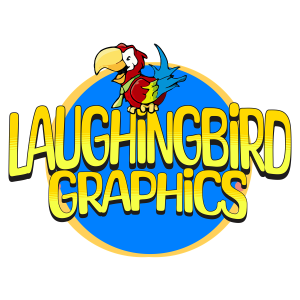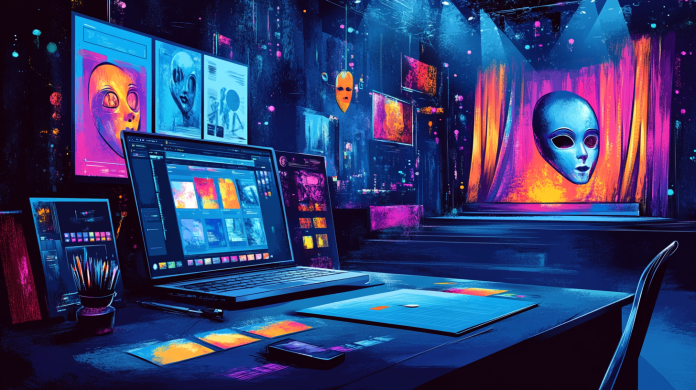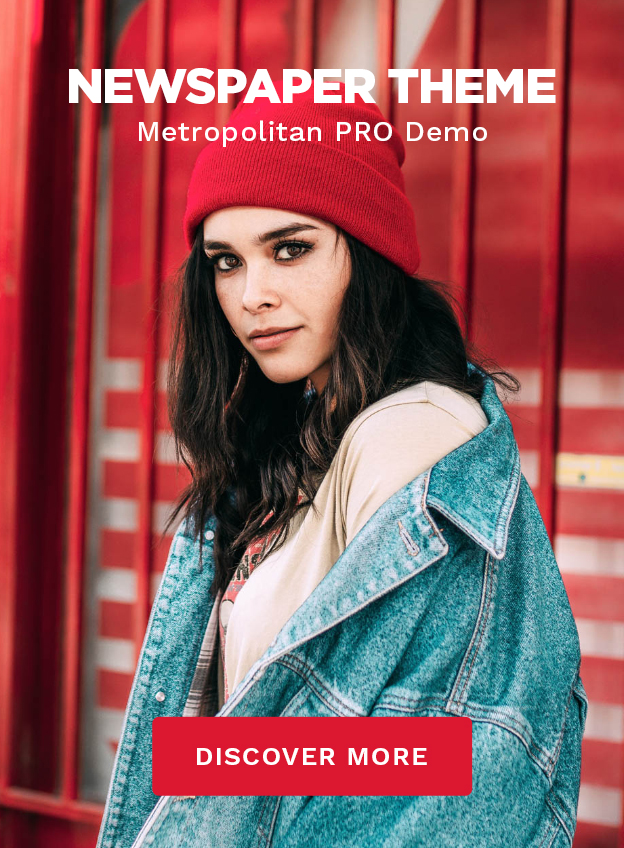Looking to create your own entertainment graphics? Whether you’re designing for a play, a musical, or just jazzing up an online theatre event, the possibilities are endless! Let’s dive into the fabulous world of **backgrounds**, **logos**, and **banners** for the performing arts and beyond. Trust me, it’s easier and a lot more fun than you might think—especially with the right tools, ideas, and inspiration. Oh, and spoiler alert—I’m about to save you from those hideous clip-art disasters. You’re welcome.
Why Theatre Graphics Matter
Let me spell it out for you: A captivating theatre graphic can be the difference between an empty house and a standing ovation. Think about it—when you scroll through social media or attend community events, what catches your eye? It’s not the plain Word Doc flyer, that’s for sure. The right graphic sets the tone. Whether it’s a classical Shakespearean play or a high-energy musical, your design is the all-important **first impression**.
Here’s another nugget of wisdom: Graphics don’t just promote your show; they define your brand. A cohesive style across your **logo**, **banners**, and **backgrounds** will make people associate that look with your production company—or at least make them remember to buy tickets!
The Secret Ingredients of Killer Theatre Graphics
- **Clarity:** Keep the message clean, simple, and readable at a glance. Fancy typefaces look cool until no one can read “Romeo and Juliet” because the “R” looks like a yoga pose.
- **Emotion:** Your visuals should match the tone of your event. A comedy needs bright, happy graphics, while a moody mystery calls for dark, intense styling.
- **Consistency:** From your show program to your website, make sure everything feels like it’s part of the same creative universe. No mismatching! Trust me; it’s worse than mismatched socks.
- **Professional Vibes:** You want your audience to think, “Wow, these people have their act together!” not “Did they make this on Microsoft Paint… in 1998?”
Creating Backgrounds that Wow
Ah, backgrounds! The unsung heroes of entertainment graphics. Seriously, a good background can take your digital or print designs to the next level. Here’s how to nail it:
Types of Backgrounds You’ll Want to Use
- **Abstract Backgrounds:** Swirls, gradients, and funky geometric patterns are perfect if you don’t want the focus stolen from your text or images.
- **Thematic Backgrounds:** Hosting a 1920s-themed murder mystery? Try gold Art Deco patterns. Putting on a heartwarming Christmas show? Grab some snowy illustrations with holly sprigs.
- **Photography:** High-resolution images (goodbye, blurry stock photos) can add a cinematic touch. Just make sure to avoid anything too busy or distracting.
Need a shortcut? Why reinvent the wheel when there are fabulous **templates**? I highly recommend checking out Laughingbird Software. Their programs make it super easy to create custom backgrounds without melting your brain. Trust me; your creative genius has already had enough coffee-fueled breakdowns this week.
Designing Logos That People Remember
Oh, the humble logo. Tiny, but mighty! Your logo isn’t just an add-on; it’s basically the face of your production. You want it bold, memorable, and versatile enough to look amazing on everything from a T-shirt to a website header.
How to Create a Logo That Rocks
- **Start with a concept.** Ask yourself: What’s the essence of the show or your theatre company? A Shakespeare troupe might lean into quills or masks, while a modern musical could embrace neon lights.
- **Keep it simple.** Overdesigning is tempting, but remember, a strong logo works because it’s easily recognizable—it’s like a handshake for your brand.
- **Choose colors wisely.** Use color psychology to your advantage! Reds for passion, blues for calm, or maybe golds for that extra touch of glamour.
- **Use logo design software.** Again, Laughingbird Software is your best friend here. Their drag-and-drop features make it ridiculously easy. Plus, no previous design skills required. Seriously. You could be my mom, and you’d still crush it!
Bonus tip: Create multiple versions of your logo. A full-color one for programs and banners, and a black-and-white version for when budget constraints hit like a wrecking ball.
Banners That Belong on Broadway
Advertising your show? You NEED a banner. Actually, scratch that. You need **multiple banners**. Social media banners, printed banners, website banners—the poor intern who manages your Instagram shouldn’t have to crop and resize a single graphic over and over.
Key Ingredients for a Stellar Banner
- **Big, bold headlines.** No one wants to squint to read your banner. Think large fonts and very clear messaging.
- **Stunning visuals.** Eye-catching images or illustrations are a must. But don’t overdo it—you want balance, not chaos.
- **Call to Action (CTA).** Don’t forget to spell it out: “Buy Tickets Now,” “Book a Seat,” or even simply “Don’t Miss Out!” Create urgency, people!
If graphic design feels overwhelming, there are tools to save your sanity. Graphic design platforms like Canva or, once again, **Laughingbird Software** make this part a breeze. Honestly, you’ll thank me later when your banners look like they were made by a Hollywood studio (instead of a stressed-out drama major with a six-hour deadline).
Online Tools to Save the Day
It’s 2023, and the internet is bursting with design tools that can transform you into a digital Michelangelo (okay, not literally, but close). These platforms are the unsung heroes for non-designers and budget-conscious creatives alike.
Software and Websites to Check Out
- **Laughingbird Software:** Yes, I’ve already mentioned them about a billion times, but seriously, they’re THAT good. The templates alone are worth it.
- **Canva:** This one’s practically a household name by now. It’s versatile and beginner-friendly with tons of free features.
- **Crello:** Think of Crello as Canva’s artsy cousin—it’s equally user-friendly and has great pre-made templates for all things theatre.
- **Adobe Creative Cloud:** Feeling fancy? Photoshop and Illustrator are the gold standard if you’re looking for full creative control. Warning: They’re a bit pricey for hobbyists.
Whatever tool you pick, make sure it fits your needs AND your patience level. Some platforms are as easy as “drag, drop, and done,” while others will have you Googling tutorials at midnight with tears in your eyes.
FAQs About Creating Entertainment Graphics
**Do I need professional design skills to create theatre graphics?**
Absolutely not! Pretty much anyone can create stunning graphics if they’ve got the right tools. Programs like Laughingbird Software and Canva were designed for people who don’t have formal training. You’ve got this, I promise.
**What’s the best file format for a show poster or banner?**
Always go for high-resolution formats like PNG or PDF if you’re printing. For social media, JPEGs work just fine. Just remember bigger is better—blurry images are a crime.
**How early should I start creating my graphics for an event?**
No pressure, but starting early gives you room to tweak and perfect. Ideally, aim for about 1–2 months before the event (or earlier if you love planning ahead like a Virgo on caffeine).
**Can I use free stock images, or should I always pay?**
If the budget is tight, free stock images from websites like Unsplash or Pexels are lifesavers. However, ALWAYS check the licensing rules—you don’t want to get sued over a sunset photo.
Final Encore: You’re Ready to Shine!
And there you have it! Designing entertainment graphics—whether for theatre, musicals, or online events—isn’t as daunting as it seems. Armed with templates, tools, and a healthy dose of creativity, you’ll be creating visuals so good people will be talking about them more than the actual show. Now go forth and dazzle the world with those banners, backgrounds, and logos—you’ve got a standing ovation coming your way!



